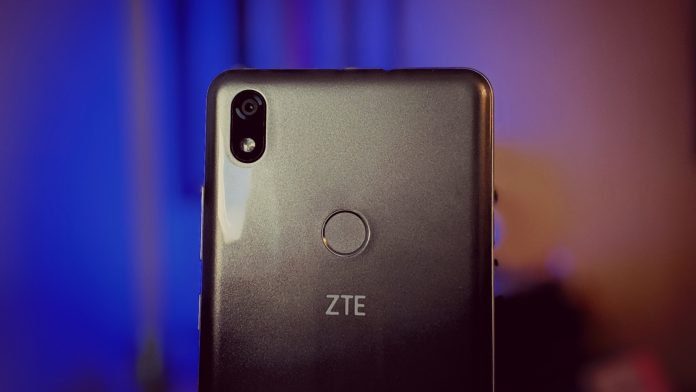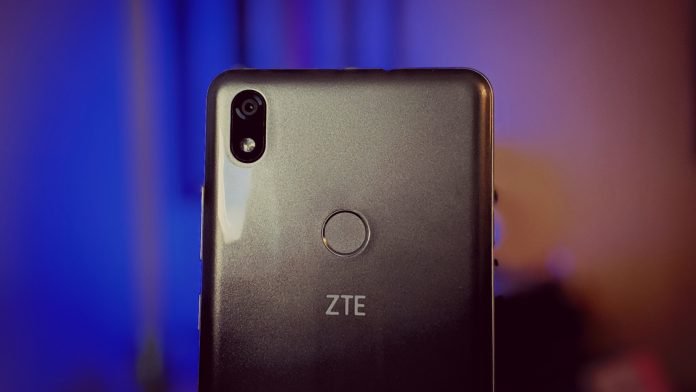
The past year or so was a rocky one for ZTE as it pertained to its US efforts. The overall selection was not quite what it had been in the past and it seemed as if it was slowly pulling itself out of the market. However, as 2018 came to a close we saw signs that ZTE wasn’t ready to leave just yet.
Near the end of the year ZTE launched a pair of phones which shared a number of features with just enough difference between them to merit separate models. The ZTE Blade Max View and Blade Max 2S launched as unlocked devices available direct to consumer.
The Blade Max View is an inexpensive phone that works on AT&T, T-Mobile, and Verizon networks. As for the Blade Max 2S, it also works on GSM networks but this one is compatible with Sprint instead of Verizon. That’s not the only difference, of course, but it could be the first question you’ll ask yourself when choosing between the two.
READ: ZTE Blade Max View review
We found the Blade Max View to be a fairly okay phone but recognized that it faces an uphill battle. Namely, it’s in a price range (~$200 USD) that’s rather competitive more or less Motorola’s to lose game to lose.
As much as we enjoyed the Blade Max View, we did have some quibbles with its design choices. More specifically, the rear cover of the phone was perhaps the worst we’d seen in some time. Spend just a moment or two with it in your hand and it’s got oils and fingerprints and smears that may never go away.
The Blade Max 2S, for its part, is not cut from the exact same cloth. That alone makes it intriguing to us.
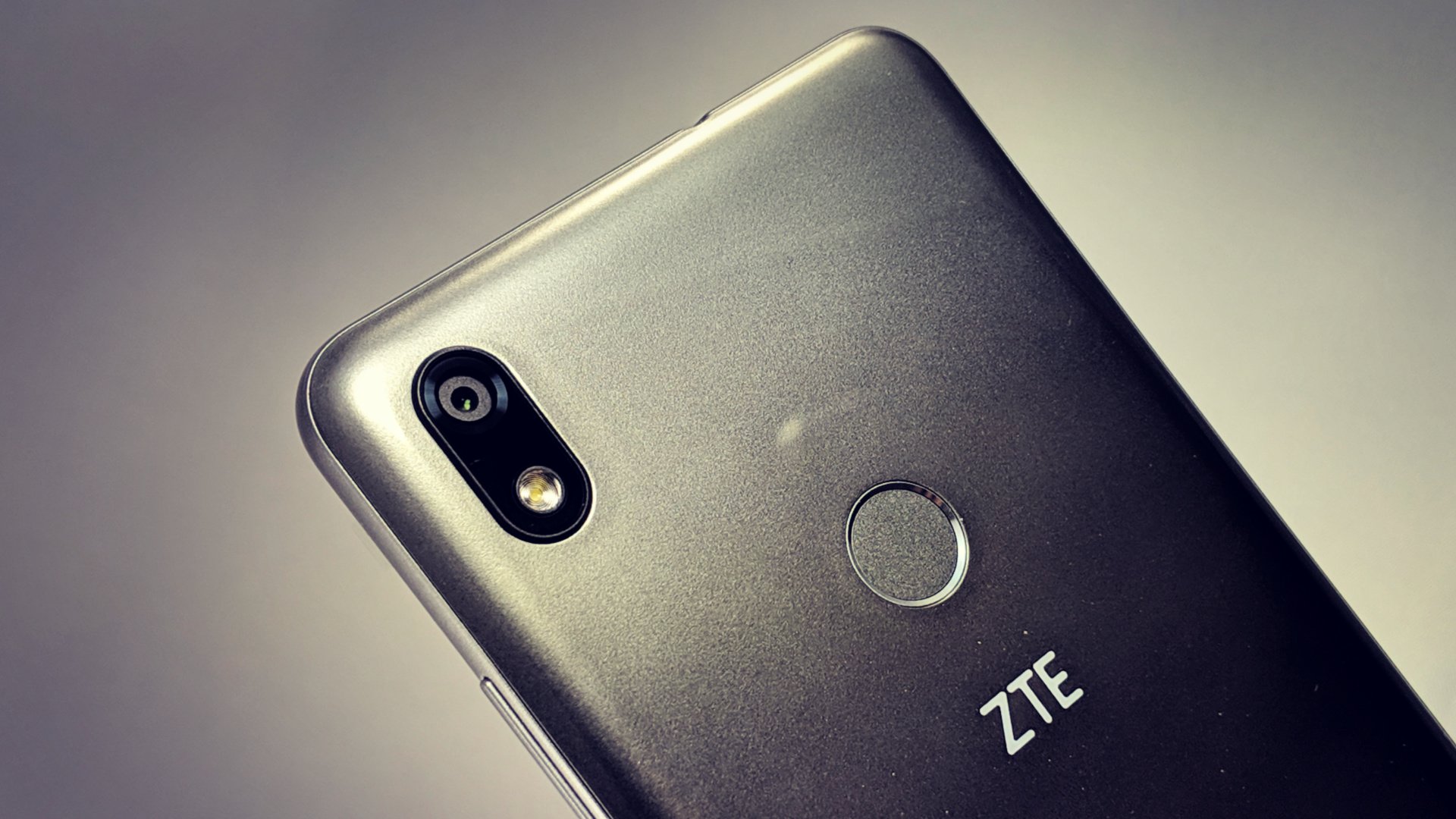 Currently available for $180, the phone is a low-cost alternative to what you might in Alcatel, Blu, and the Motorola E and/or G series.
Currently available for $180, the phone is a low-cost alternative to what you might in Alcatel, Blu, and the Motorola E and/or G series.
What is the Blade Max 2S?
The Blade Max 2S features a 6-inch display with an 18:9 aspect ratio and 2,160 x 1,080 pixel resolution. It’s tall and narrow and fits the hand quite well. If you’ve ever held a Pixel XL it’s about the same overall footprint. For those who haven’t, this means it’s a big screen but not an unwieldy one.
The phone has a isn’t exactly glamorous, but it looks nicer at a glance than its counterpart, the Max View. The gray gradient rear cover picks up its fair share of smudges and prints but it wipes away without trouble.
READ: Motorola intros G7 line for 2019
The phone isn’t remarkable in any aspect and has a generally bland appearance. It feels like we’ve seen this design a dozen times in the last couple of of years. Nevertheless, we buy phones for what they do, not because of how they look. Right? If anything, the phone feels exactly like what you might expect out of a pre-paid or inexpensive unlocked device.
Design and Build
The 6-inch display makes up much of what you see on the front, but there is a modest amount of black space framing the top and bottom of the screen. Its side bezels are thin and unobtrusive but we feel like the phone could be a solid half-inch shorter.
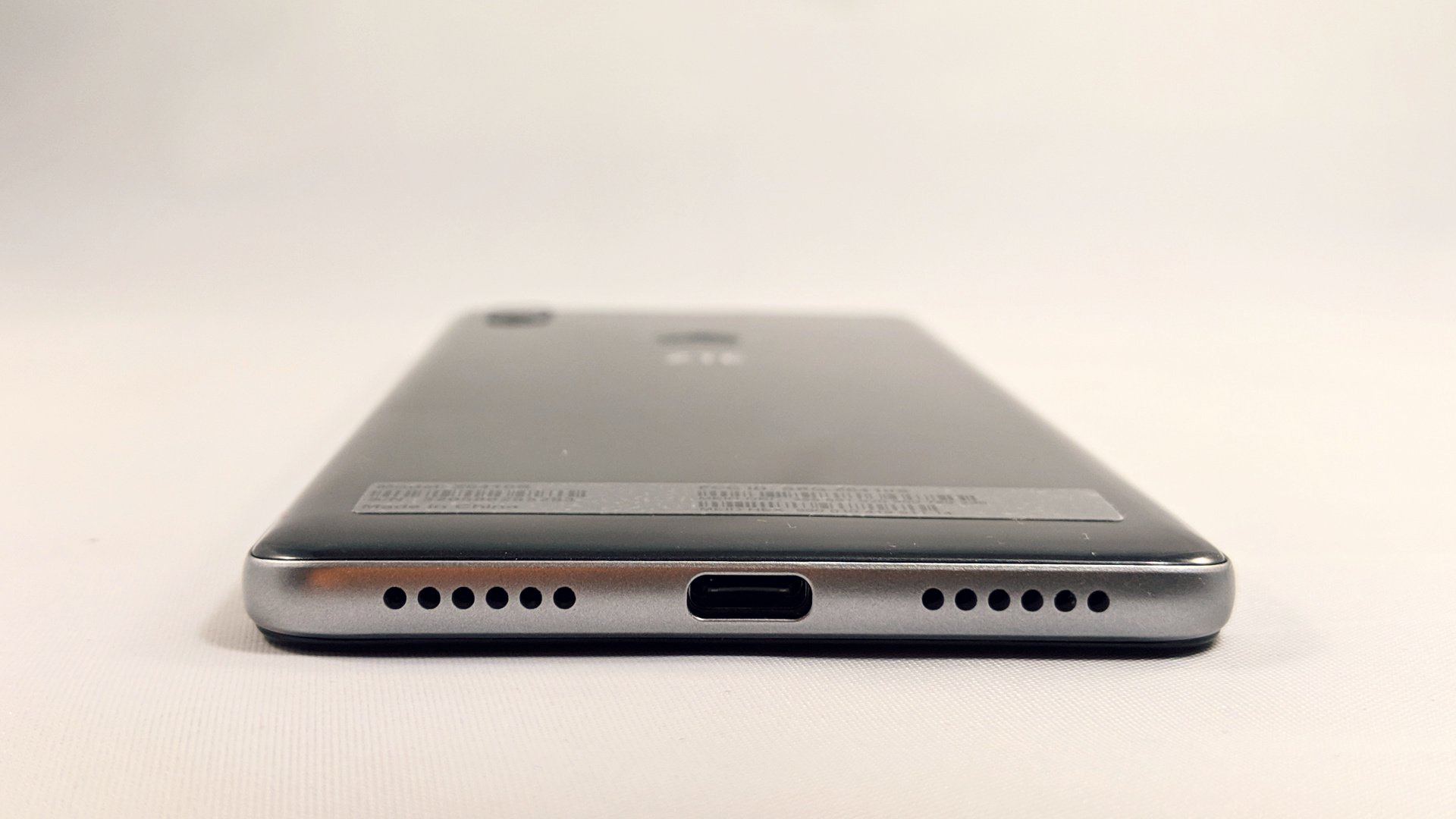 As for buttons, the power and volume are found on the right edge. Each has a decent amount of travel and feedback and signal to the user that they’ve been pressed. The volume buttons are above the power; the latter has a nice knurling that your thumb can easily identify.
As for buttons, the power and volume are found on the right edge. Each has a decent amount of travel and feedback and signal to the user that they’ve been pressed. The volume buttons are above the power; the latter has a nice knurling that your thumb can easily identify.
The SIM card and memory card slot are on the upper left hand side. At the top edge you’ll locate the 3.5mm headphone jack while down below is the USB-C port.
Around back the fingerprint reader is found fairly high up the panel. The 13-megapixel rear camera is in the top left with the flash sitting just below the lens.
The 6-inch screen has a 2,160 x 1,080 resolution with a 18:9 aspect ratio. The LCD panel delivers sharp and vibrant colors with accurate tones and a modest amount of brightness; things look great indoor and outdoors. It’s essentially the same screen found in the Blade Max View and is commensurate with expectations.
The ZTE Blade Max 2S has a generous 4,000mAh worth of battery, good for more than a solid day of usage. Depending on how much the user needs from it, we suspect it could often yield a second day’s worth of battery.
This phone is an excellent option for less-demanding consumers who don’t care so much about how a phone looks or performs just as long as it works when needed.
While other phones now employ Quick Charge 3.0 and wireless charging, this one offers Quick Charge 2.0. Spend 15 minutes plugged into the wall and you’ll get around 15 percent of life but it somewhat slows after that. It’s slow by comparison is still better than what we had a few years ago. And, given most people plug in overnight, it may be an issue that rarely rears its head.
Software
The Blade Max 2S runs Android 8.1 Oreo out of the box. It’s a straightforward, nearly untouched version of the software and largely gives users what Google has in mind.
Included in the suite of apps is your standard fare of Google titles as well as a handful of other helpful apps. Our review unit had Boost Mobile branding upon loading but did not have any extraneous carrier apps or services. The phone does include a web browser, file manager, email client, music player, sound recorder, and video player. There is some overlap, of course with Chrome, Google Play Music, and Gmail.
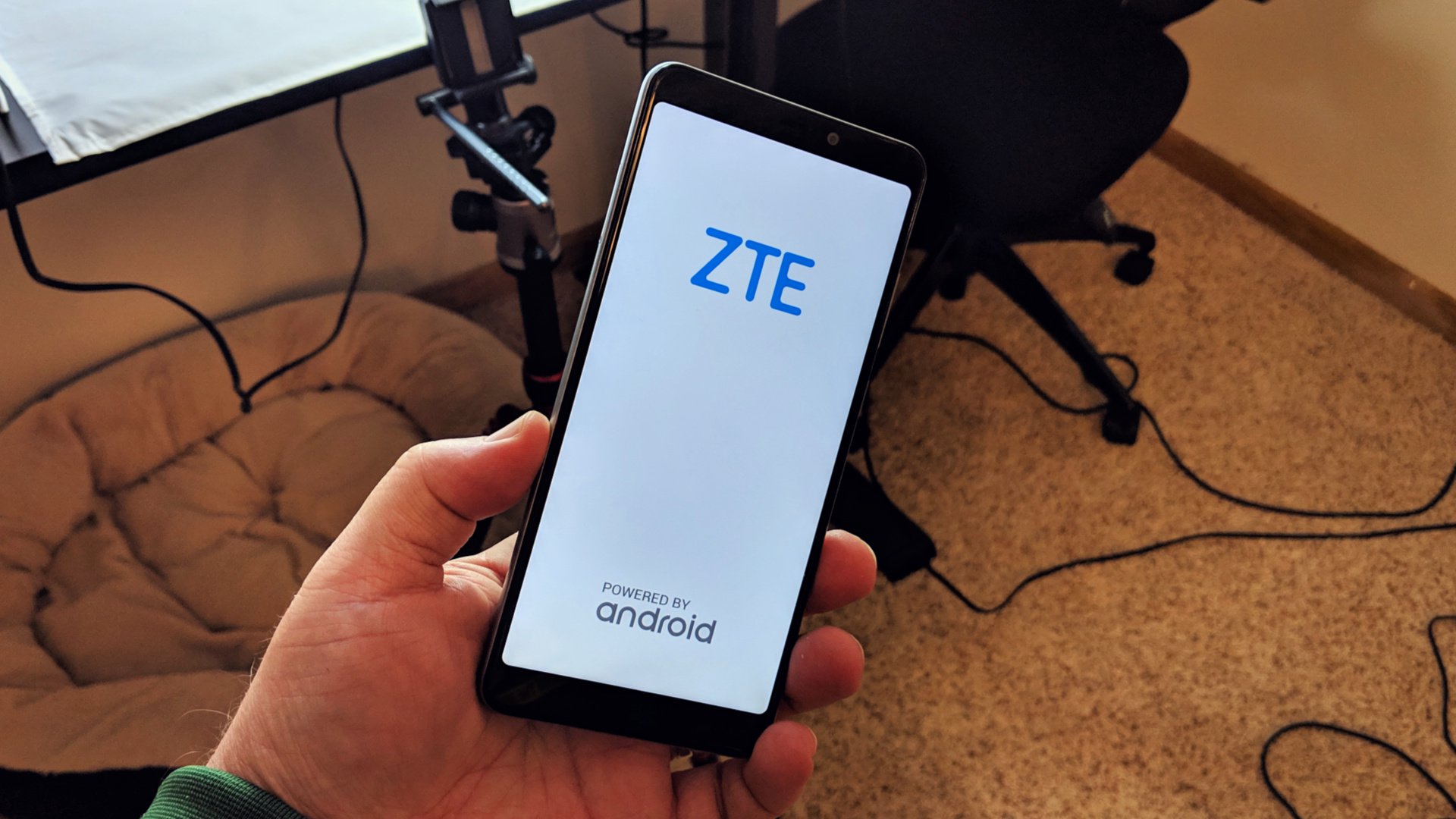 ZTE does offer a decent amount of personalizing and customization. Users can swap the button configuration, adjust font and icon sizes, enable gestures, and tweak a few other small settings. Although they aren’t obvious at the time of setup, they’re not difficult hard to find.
ZTE does offer a decent amount of personalizing and customization. Users can swap the button configuration, adjust font and icon sizes, enable gestures, and tweak a few other small settings. Although they aren’t obvious at the time of setup, they’re not difficult hard to find.
Camera
The camera experience is okay and borders the line of acceptable and nearly acceptable. To be transparent, we use much pricier and more robust phones as our daily driver and the camera is one area where things are noticeable. Going from a Pixel 2 or Samsung Galaxy S8 to this is quite a step down. Then again, that sort of user probably wouldn’t consider going this route to begin with.
Getting to the camera isn’t a streamlined process — it’s at least a two-step process no matter where you are in the phone. You can get to it from the lock screen but you need to press the power button and then swipe from the bottom corner. It’s the same as what you get in the Blade Max View.
We’d really like to see a double-tap of the power button to open, or a flick- the-wrist action like Motorola. About half of what we shoot on our phones tends to be spur of the moment stuff and we prefer not “thinking” before snapping.
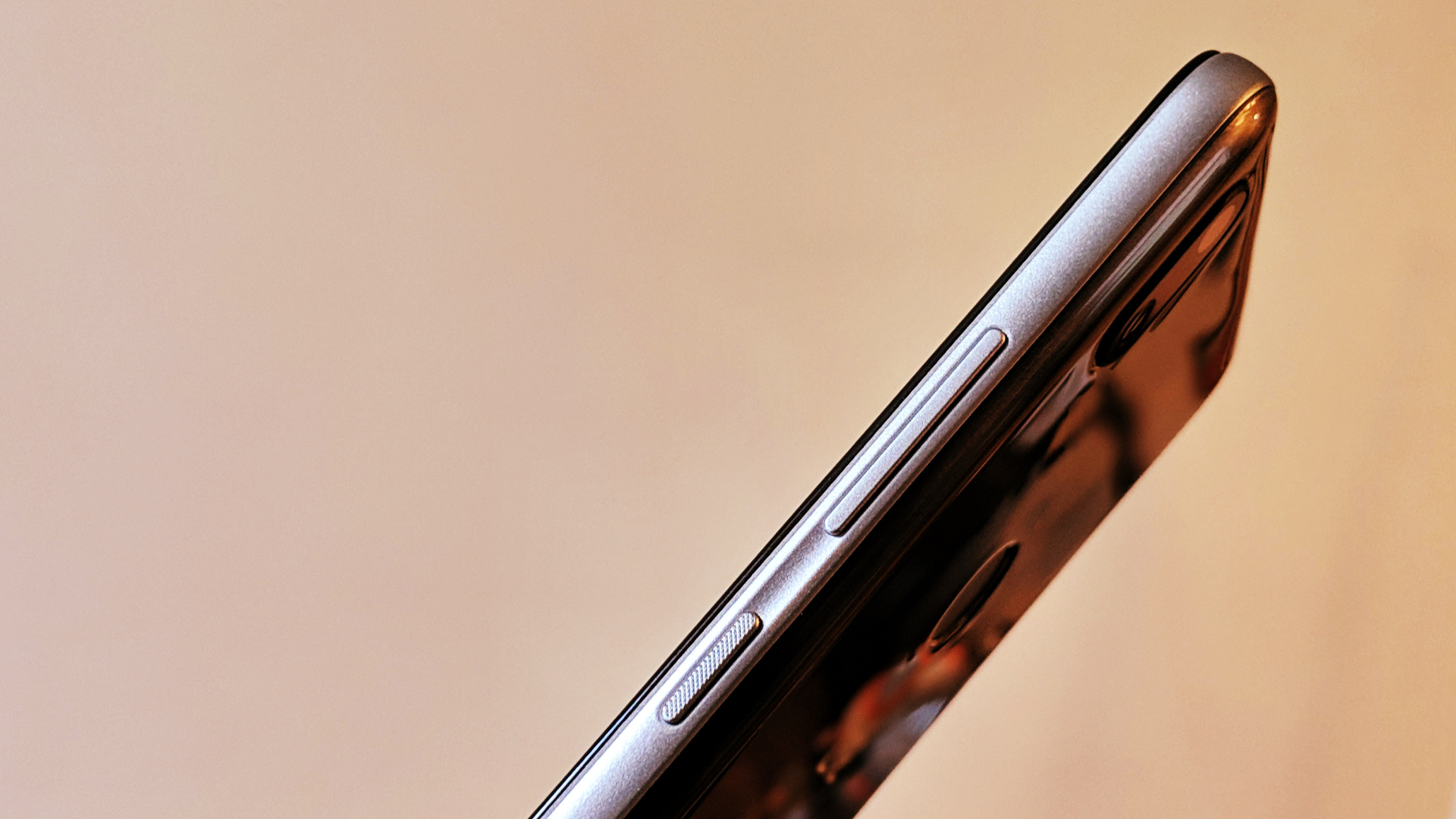 There are a variety of shooting modes including photo, video, panorama, manual, collage, timelapse, and mono. As expected, the manual mode gives you control over white balance, exposure, and ISO. Unfortunately, shutter speed and focus controls are not present.
There are a variety of shooting modes including photo, video, panorama, manual, collage, timelapse, and mono. As expected, the manual mode gives you control over white balance, exposure, and ISO. Unfortunately, shutter speed and focus controls are not present.
Mono mode is interesting and doesn’t strictly deliver monochrome results. It’s possible to adjust a dial to retain a specific color and to varying degrees.
As a whole the pictures aren’t what we’d qualify as great, but they are acceptable for most users. We’ve been spoiled by much better (read: more expensive) phone cameras so we’re more critical here. But, we showed others, and let various users play with the camera and they didn’t find much to gripe about. With that said, you’ll want as much light as possible when shooting.
Performance
The Blade Max 2S is powered by a Qualcomm Snapdragon 435 processor with 2GB RAM. It’s adequate for most basic tasks but don’t ask it to much more than your standard daily duties like email, social media, web browsing, and messaging. There’s simply not enough memory to get hot and heavy with your usage; the Blade Max View comes with 3GB and might be more your cup of tea.
What are the differences in Snapdragon processors?
The phone has what it takes to handle basic tasks but it’s on the low end of where things are in 2019. Suffice it to say, 3GB is where you may wish to start if you’re hoping to get more than a year of usage and hope not to complain about lag and multi-tasking.
Conclusion
We’ve entered into a period where there’s a sizable gap in adoption between the entry-level phone and high-end flagship experience. There’s always been a divide in hardware, of course, but it seems now that users tend to gravitate to one of the extremes more so than in years past.
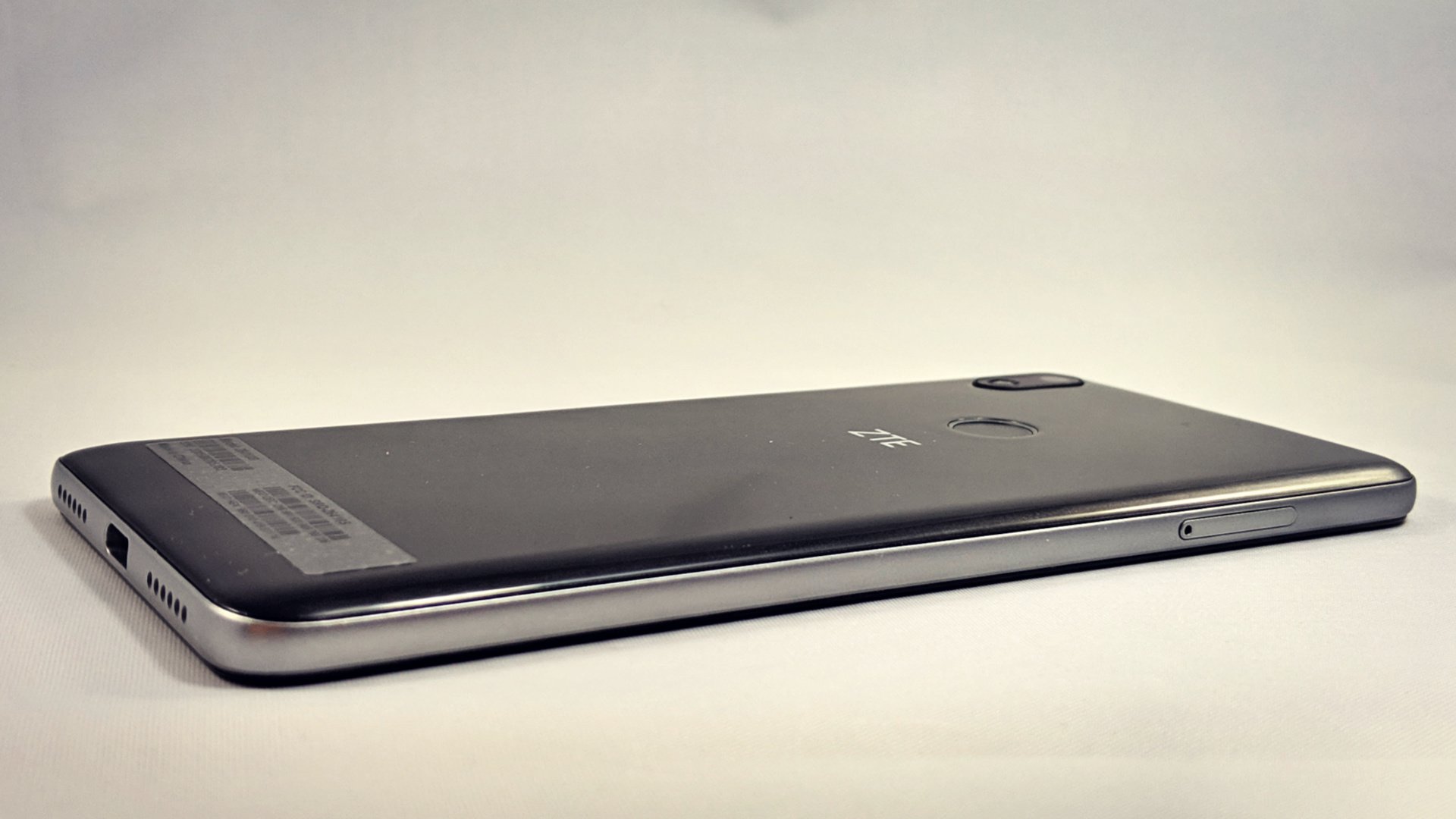 The ZTE Blade Max 2S finds itself on the lower end of things, in both specifications and price tag. It’s a great option for parents looking to save money on purchasing multiple devices. There’s plenty here to satisfy casual users.
The ZTE Blade Max 2S finds itself on the lower end of things, in both specifications and price tag. It’s a great option for parents looking to save money on purchasing multiple devices. There’s plenty here to satisfy casual users.
The ZTE Blade Max 2S makes sense as a phone that’s paired to a particular carrier, such as Boost Mobile. The brand is often found at prepaid providers or MVNOs and this would be right at home with one. Interestingly enough, there are ZTE devices currently sold at Boost Mobile, but this one is not among them.
Don’t Miss
- Get to Know: Verizon Prepaid
- Get to Know: AT&T Prepaid
- Get to Know: Mint Mobile
Sold on its own, the Blade Max 2S requires a touch savvier shopper and we suspect that such a person would compare this to other models in its range. Take the Motorola Moto G6 Play, for instance. It’s something we like a great deal and think US consumers would be more likely to try before this one.
As to why this one’s not already selling with Boost doesn’t make sense to us. Maybe there’s some legal reason at play but we’re not privy to it.
As much as we appreciate what is put forth here, this area of the smartphone space belongs to Motorola and its G and E series of phones. It is still the leader when it comes to affordably priced unlocked phones with great performance.
The phone ticks a couple of boxes that are often important to buyers: big screen and long-lasting battery. These are primary reasons to consider a handset for a lot of people and, to that end, the Blade Max 2S should fit the bill.
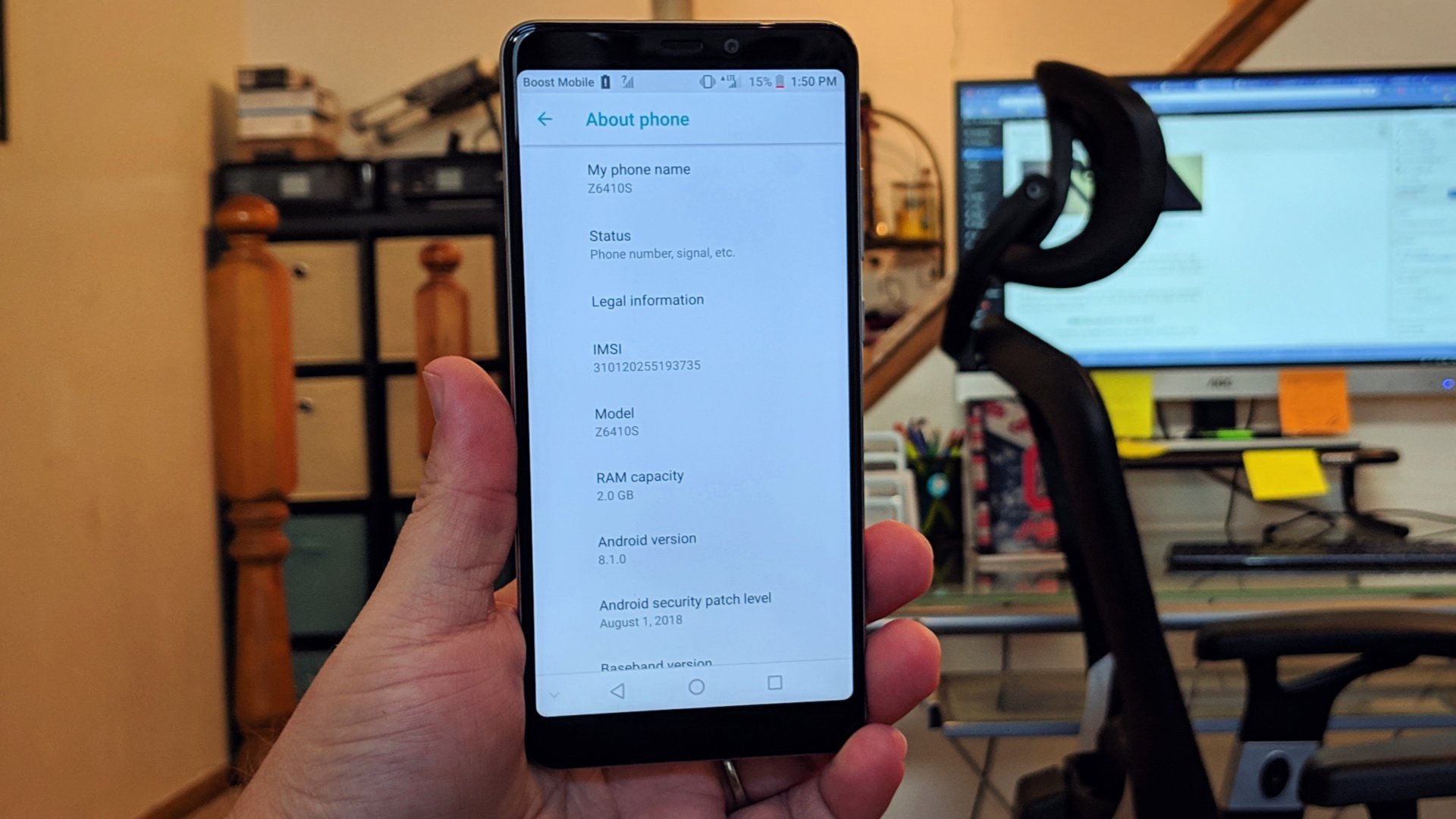 On the other hand, a lot is made today about picture quality on phones. The bar keeps raising and we expect more from our mobile devices. If you’re primarily shopping because you want a nice camera in your pocket, you’ll need to look elsewhere.
On the other hand, a lot is made today about picture quality on phones. The bar keeps raising and we expect more from our mobile devices. If you’re primarily shopping because you want a nice camera in your pocket, you’ll need to look elsewhere.
This is nearly identical to what you’d get in the Blade Max View. In essence, it trades away memory and a secondary camera in favor of a tough faster processor and cheaper price tag. Oh, and don’t forget that this one is GSM and Sprint-ready while the other one is GSM and Verizon-ready.
The Blade Max 2S can be purchased for $180 through ZTE’s website — a reasonably set price point. Can we recommend it? Yes… we do, but we’d love it at $150. We’re far more fond of the Moto G6 Play at its current price and we imagine US consumers would trust that brand more, too.

